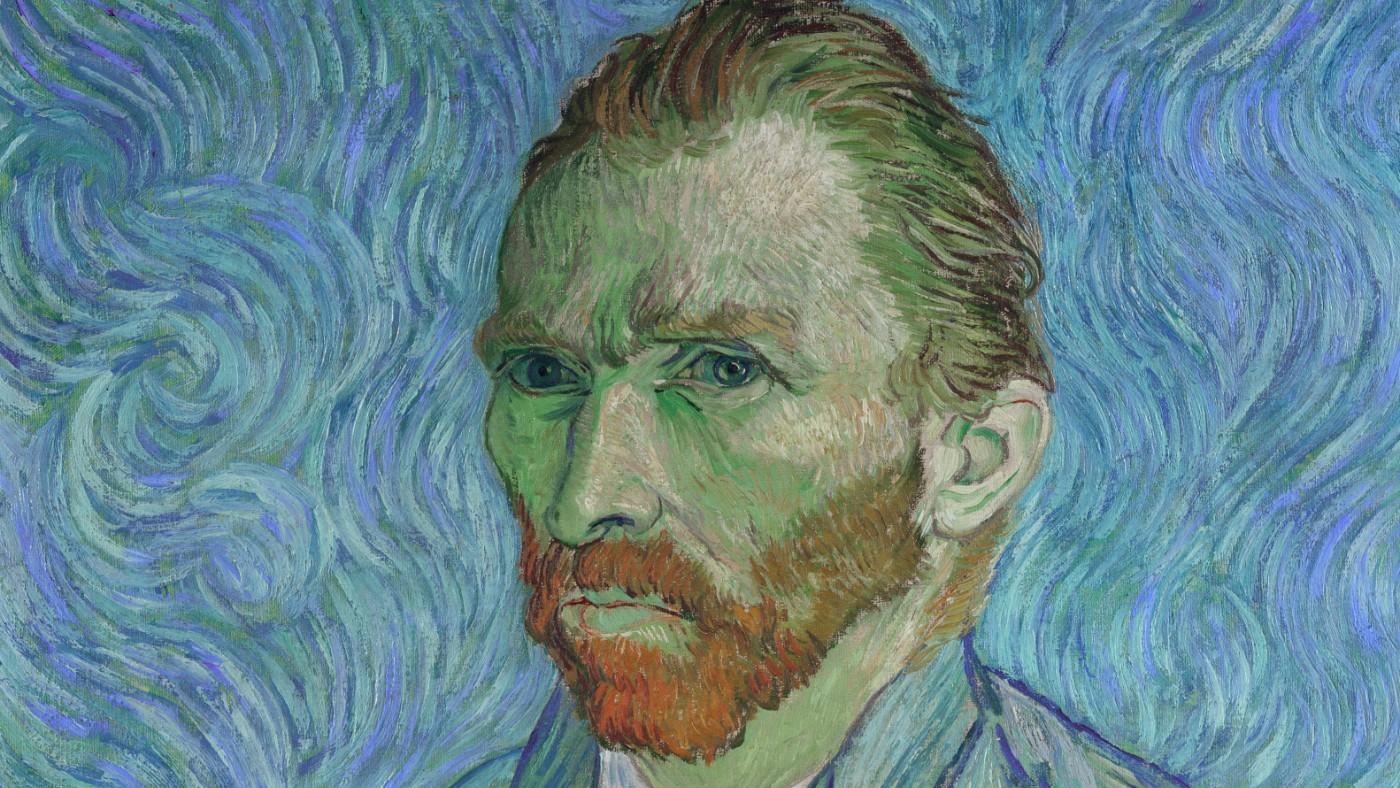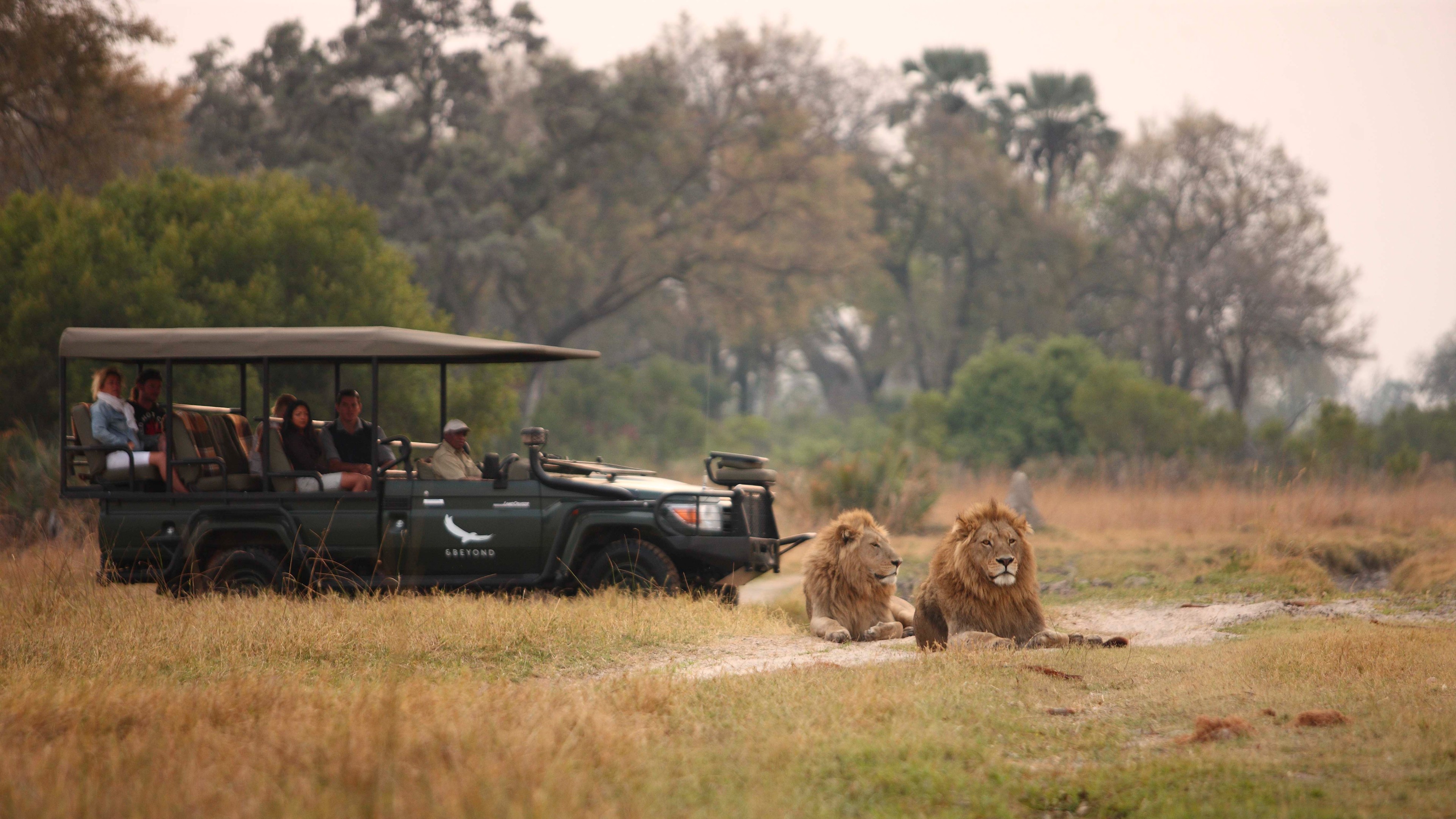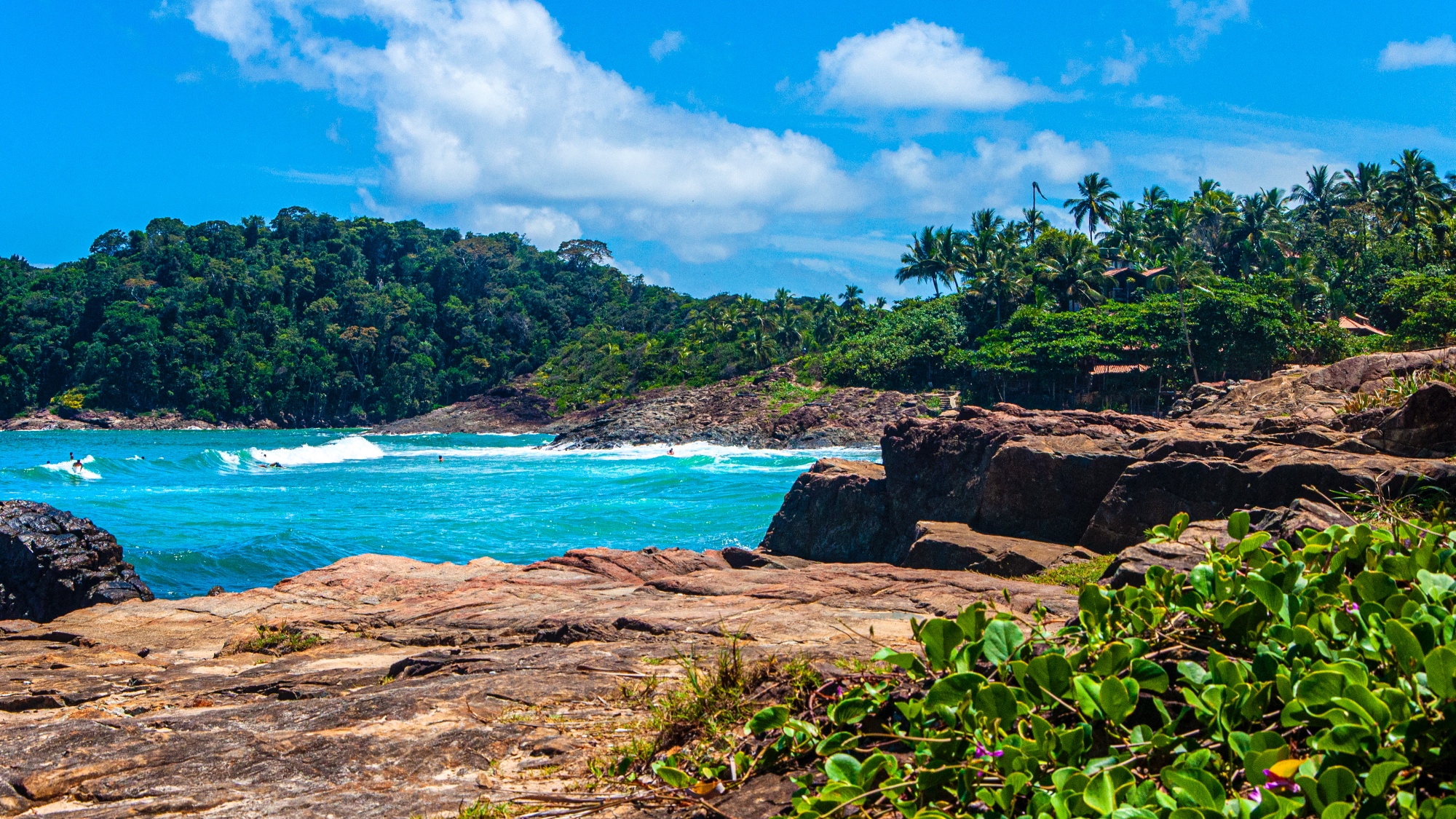Van Gogh: Self-Portraits – a ‘magical’ show of ‘electrifying intimacy’
Courtauld gallery has brought together ‘outstanding group’ of artist’s self-portraits

Vincent van Gogh’s face is one of the most recognisable in the entire art historical canon, said Rachel Campbell-Johnston in The Times. Only a single photograph of him is known to exist, depicting the artist as “a formally-suited 19-year-old” rather than the casually dressed bohemian who might more readily spring to mind.
Instead, it is through his paintings that van Gogh (1853-1890) cemented his own image into our collective memory: in the last years of his tragically short life, “too strapped for cash to pay for a model”, the artist turned to painting himself.
Between his arrival in Paris in 1886 and his suicide at Auvers-sur-Oise four years later, he realised some 35 “vibrant” self-portraits, a body of works now acknowledged to be among “the most vividly evocative” studies of the self ever realised.
The Week
Escape your echo chamber. Get the facts behind the news, plus analysis from multiple perspectives.

Sign up for The Week's Free Newsletters
From our morning news briefing to a weekly Good News Newsletter, get the best of The Week delivered directly to your inbox.
From our morning news briefing to a weekly Good News Newsletter, get the best of The Week delivered directly to your inbox.
Now the Courtauld gallery has brought together “an outstanding group” of almost half of these portraits in an “unprecedented” show, including many that “have not been in the same room together since the days when they leant, still wet, against studio walls”. This is an exhibition that “proffers moment after moment of profound revelation”. Do not miss it.
Perhaps the most remarkable thing about these self-portraits is “how different they all are”, said Alastair Sooke in The Daily Telegraph. In one of the earlier pictures here, the artist “looks like a murderer from a melodrama”, while another sees his head “covered with strange, tattoo-like markings, as if he were a Maori warrior”. In a painting produced two years later, meanwhile, he appears as “a lugubrious, yellow-skinned spectre”; “if you encountered such a brooding, volatile fellow on the Tube, you’d switch carriage”.
While it’s impossible to deny that much “psychological introspection” is on display, the show is at pains to dispense with the myth that van Gogh’s self-portraits were the product of a “mad” painter “splurging” his emotions onto canvas. Instead, we learn, they were the fruit of “conscious artistic decisions” – and that van Gogh painted despite, not because of, his “inner torment”.
Van Gogh’s self-portraits provide a kind of “index of his physical well-being, self-image and psychological state”, said Adrian Searle in The Guardian. His changing appearance from canvas to canvas – “bearded or not, hair clipped short, shaved, unkempt, ill, better fed, on the mend, confident, nervous, withdrawn, sunken-cheeked” – is a clue to his circumstances at the time, whether he was short of money, sick or healthy, “on or off the drink”.
A free daily email with the biggest news stories of the day – and the best features from TheWeek.com
Perhaps the finest self-portraits here are among the last he created. Self-Portrait with Bandaged Ear, painted in January 1889, has him clean-shaven, “pale and introspective” with a “hunted” look in his eyes; just a few weeks before, he had mutilated his left ear following an argument with Paul Gauguin.
Another, painted in the asylum at Saint-Rémy-de-Provence later that year, sees the artist looking “haggard, ruined”. His doctors were reluctant to let him use paint, fearing he would once again try to poison himself by eating it. The final portrait here, created about a week later, could depict a different man entirely: the brushwork is “lively, confident and assured”, the colour “singing and luminous”, van Gogh himself neat and “alert”. It is an astonishing climax to a “magical” show of “electrifying intimacy”.
The Courtauld, London WC2 (020-3947 7777, courtauld.ac.uk). Until 8 May
-
 11 hotels opening in 2026 to help you reconnect with nature
11 hotels opening in 2026 to help you reconnect with natureThe Week Recommends Find peace on the beaches of Mexico and on a remote Estonian island
-
 Zimbabwe’s driving crisis
Zimbabwe’s driving crisisUnder the Radar Southern African nation is experiencing a ‘public health disaster’ with one of the highest road fatality rates in the world
-
 The Mint’s 250th anniversary coins face a whitewashing controversy
The Mint’s 250th anniversary coins face a whitewashing controversyThe Explainer The designs omitted several notable moments for civil rights and women’s rights
-
 The ultimate films of 2025 by genre
The ultimate films of 2025 by genreThe Week Recommends From comedies to thrillers, documentaries to animations, 2025 featured some unforgettable film moments
-
 Into the Woods: a ‘hypnotic’ production
Into the Woods: a ‘hypnotic’ productionThe Week Recommends Jordan Fein’s revival of the much-loved Stephen Sondheim musical is ‘sharp, propulsive and often very funny’
-
 The best food books of 2025
The best food books of 2025The Week Recommends From mouthwatering recipes to insightful essays, these colourful books will both inspire and entertain
-
 Art that made the news in 2025
Art that made the news in 2025The Explainer From a short-lived Banksy mural to an Egyptian statue dating back three millennia
-
 Nine best TV shows of the year
Nine best TV shows of the yearThe Week Recommends From Adolescence to Amandaland
-
 Winter holidays in the snow and sun
Winter holidays in the snow and sunThe Week Recommends Escape the dark, cold days with the perfect getaway
-
 The best homes of the year
The best homes of the yearFeature Featuring a former helicopter engine repair workshop in Washington, D.C. and high-rise living in San Francisco
-
 Critics’ choice: The year’s top 10 movies
Critics’ choice: The year’s top 10 moviesFeature ‘One Battle After Another’ and ‘It Was Just an Accident’ stand out